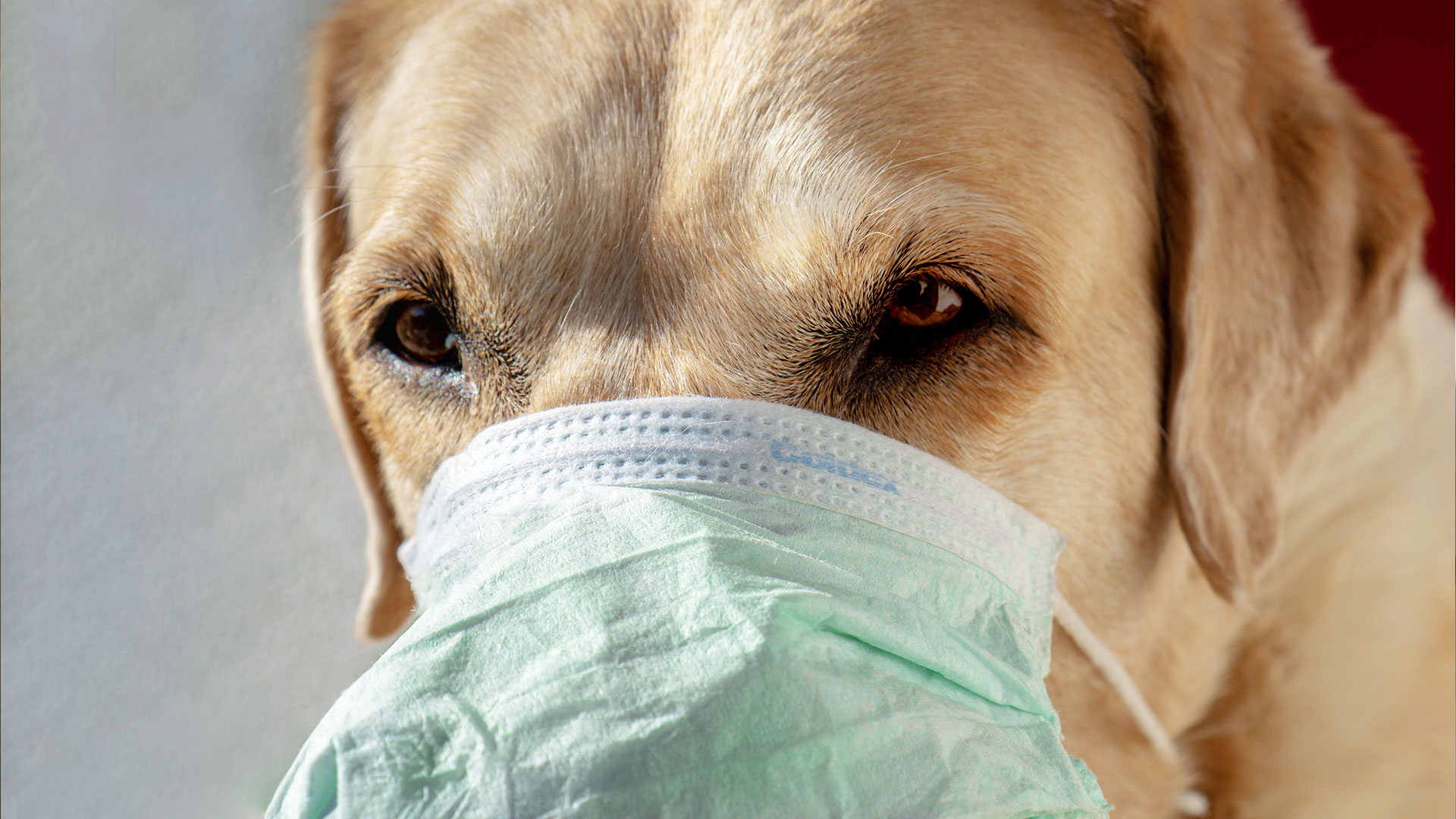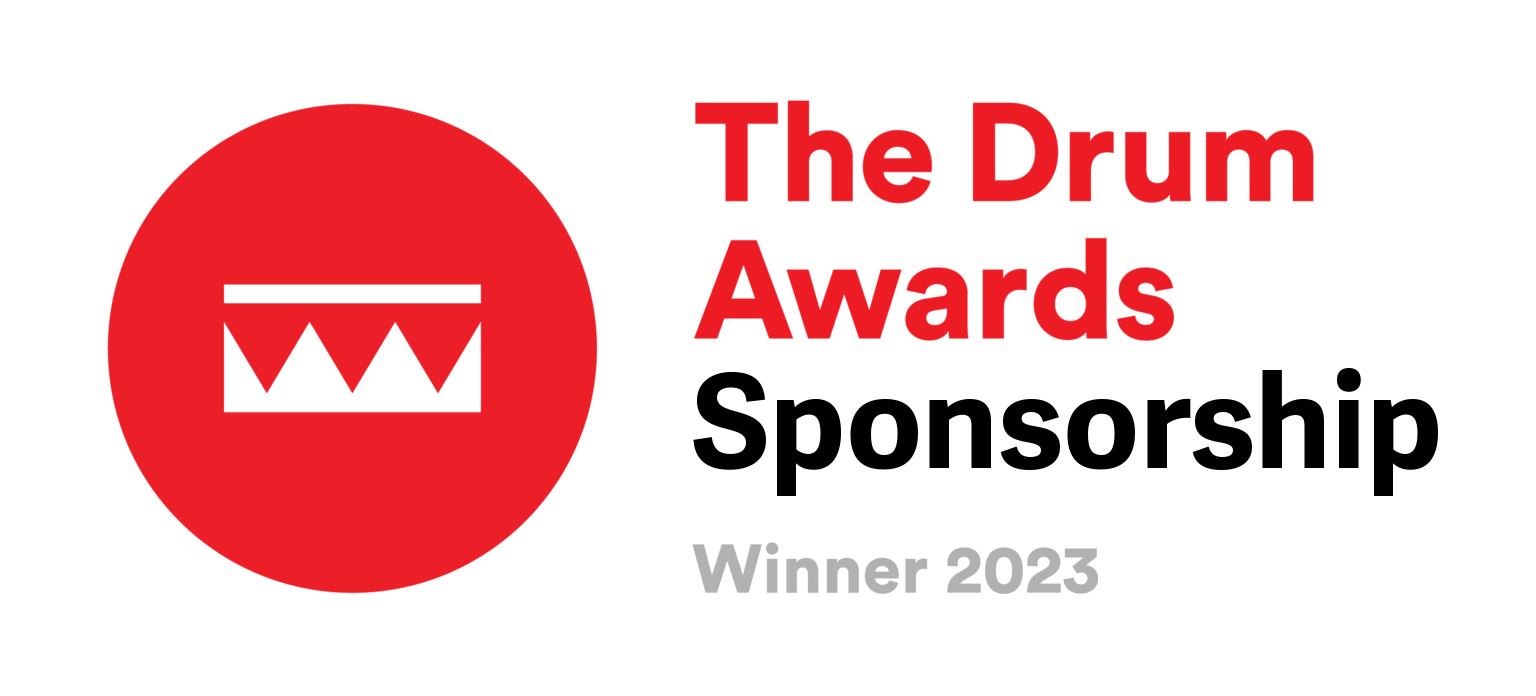Date Added: 12.02.2021
Mins Read: 3 mins
Pet Retail: A New
COVID Reality
The presence COVID-19
And the impact on
Consumers and services
It is a strange paradox for the pet sector at the moment. Since the first lockdown in March, pet ownership has spiked into being one of hottest trends since sliced bread. Yet this boom arrives at a time where pet retail stores have had to close their doors for an uncertain period of time.
The presence of the COVID-19 is constantly evolving, changing and shaping the way in which we, as consumers, shop for goods and services. It has drastically shifted the way in which brands and companies can successfully market themselves and their offerings to their customers.
One industry most affected by these fast-paced changes is pet retail. As a result of the COVID-19 outbreak, this market in particular has seen sharp declines. Offerings such as grooming, veterinary services, boarding and in-store shopping have all suffered at the hands of the pandemic.
Pet retailers are now having to explore new avenues to attract and maintain both new and current customers. Especially now that most of the population’s pet owners are spending most of their time at home.
The pandemic shows no signs of going away any time soon. So pet care brands are needing to adapt to this new pandemic normal. And think hastily on their feet to take advantage of this new wave of pet parents.
But what does this new normal look like? What does the future of the pet sector hold for the industry’s retailers and marketers? And how can they use it to their advantage?
E-commerce is E-ssential
The coronavirus has rapidly accelerated the pet care’s shift into e-commerce beyond comprehension. Lockdown restrictions have meant shoppers are socially distancing where possible and prioritise essential trips only. Investing into a solid e-commerce operation provides a stronger ‘middle man’ for store-based retailers right now. Especially those who due to the outbreak, are unable to drive shoppers into stores in person.

Grab em’ Whilst They’re Fresh
Lockdown has inspired a surge of new pet owners now that everyone is spending much more time indoors. Meaning more time than ever to nurture and raise young animals. However during a time where venturing outdoors is limited to essential trips only, we can expect the marketing model for the pet sector to shift accordingly.
Pet retail brands will have to invest more in catching and maintaining customers at different stages of the buying journey. More specifically – at the start. It is fair to say that those owners who have been pet parents for a while will already have decided on their preferences and which brands they are loyal to.
This won’t be the case for newer pet owners. New pet parents are likely to be seeking some form of recommendation for what things they should be buying. And their first purchase will likely dictate what brands and products they will invest in long-term.
It would therefore be a worthwhile investment for the pet sector to put in place some inventive digital marketing tactics. In order to target this group of consumers more effectively and convert them to more long-term returning customers.
Involving breeders or veterinary services in this model also would return some benefits. As these professions are normally the starting point for new pet owners.
Community Engagement
Lockdown rules significantly restricted our opportunities to go out. And pet owners may also have found that their opportunities to socialise with other like-minded pet parents have suffered in the same way.
Over time, pet stores have acted as a social hub for owners which has been swiftly been removed from the sector’s marketing model. Pet care brands who successfully fill this void by building new engagement tools for themselves and their customers are likely to reap the benefits. Having re-installed an active community behind their offerings. A
good example is the use of streaming services which has been heavily utilised by pet care companies in China.
Off with the In-store
Pet care customers now unable to physically attend stores in person. And the coronavirus has in turn limited a brand’s opportunity to encourage ‘impulse buying’. This huge increase in using online shopping as the primary method of sourcing goods means pet owners are less likely to discover new products. Or make unplanned purchases via their in-store experiences.
This boost in automation and ‘purpose driven’ only shopping, suggests that brands, especially those in the pet sector will need to explore new methods of encouraging impulse. Buying to maintain larger, more diverse orders on a consistent basis. In-store marketing such as displays and merchandising will become less useful as traffic continues to dwindle.
Shoppers going forward will be ‘locked’ into their shopping habits online and essentially remove themselves from the market. Which in turn, will also alter the competitive landscape.
Our
Awards
B2B Campaign Winner 2024

Sponsorship Winner 2022

Best Paid Social Winner 2021

Best Use of Video Winner 2021

Highly Commended - PMAs 2022

Best Finance Campaign 2021

Best Financial Services
Campaign Winner 2020

Best Financial Services
Campaign Winner 2020

Rated 9.2 out of 10
from our clients

Marks & Spencer Food Portraiture 2nd Place 2020


